
FDM 3D Printing
- MAX PART SIZE:1200 x 1200 x 1500mm
- LEAD TIMES:From 5 Working Days
- Tolerances of +/- 0.004” or +/- 0.002” per inch
- MIN PART SIZE:1 x 1 x 8 mm
- LAYER HEIGHT:100 microns
- MIN WALL THICKNESS:1.0 mm
>>>All uploaded drawings are strictly confidential, check the confidentiality agreement
FDM 3D Printing Service – China Top Fused Deposition Modelling Parts Supplier
In FDM, an object is built by selectively depositing molten material layer by layer in a predetermined path Fused Deposition Modeling (FDM) or Fused Filament Processing (FFF) is an additive manufacturing process that belongs to the material extrusion family. In FDM, objects are constructed by selectively depositing molten material layer by layer in predetermined paths. The materials used are thermoplastic polymers and are in the form of filaments.
FDM is the most widely used 3D printing technology: it represents the largest installed base of 3D printers worldwide, and is often the first technology people encounter. The designer should keep in mind the capabilities and limitations of the technology when using FDM to manufacture parts, as this will help him achieve the best results.
From prototyping to small-batch production, our global network of certified FDM 3D printing facilities will allow you to produce highly accurate parts with quality and strength comparable to injection molding.Our expertise in additive manufacturing, high-end functional testing prototypes, 24 hours services, competitive price, on time delivery drop- shipping to over 150 countries to help you transform your ideas into projects, bring your innovative products to market faster, reduce your production costs, save your research and development time.Upload your CAD files, receive an instant Fused Deposition Modelling 3D printing quote and get your parts into production in less than 5 minutes.

Metal finishing service is a essential choice to achieve your design perfectly. Be-cu is an accomplished finished parts manufacturer, our workers and craftsman are capable to provide fdm 3D Printing service and a wide range of surface treatment services including aluminum anodizing, painting, passivation, electroplating, powder coating, polishing, black oxide, conversion coating, abrasive blasting, etc. Here are the introductions to different types of metal finishes, more details please feel free to contact us.
- Anodizing (Anodized)
- Passivation
- Plating (Electroplating)
- Painting
- Black Oxide (Hot Blackening)
- Polishing
- Powder Coating
- Heat Treatment
- Satin Finish
- Abrasive blasting (Sandblasting)
- Conversion coating
Why Choose Be-cu FDM 3D Printing Service
- No minimum order quantity
- Metal or plastic 3D printed prototype and production parts in 7-10 days
- Precision custom 3D printing parts at affordable prices
- Online free quote in the shortest time
- Single prototypes or complex shapes are both allowed
- A wide selection of metal or plastic materials
- Commercial and industrial-grade 3D printers
- Cooperative supplier assistance project
- Provide a quick solution for small batches of complex prototypes
- We provide with our partner
- 3D printing services for metals and plastics
- Meet the rapid needs of complex prototype designers
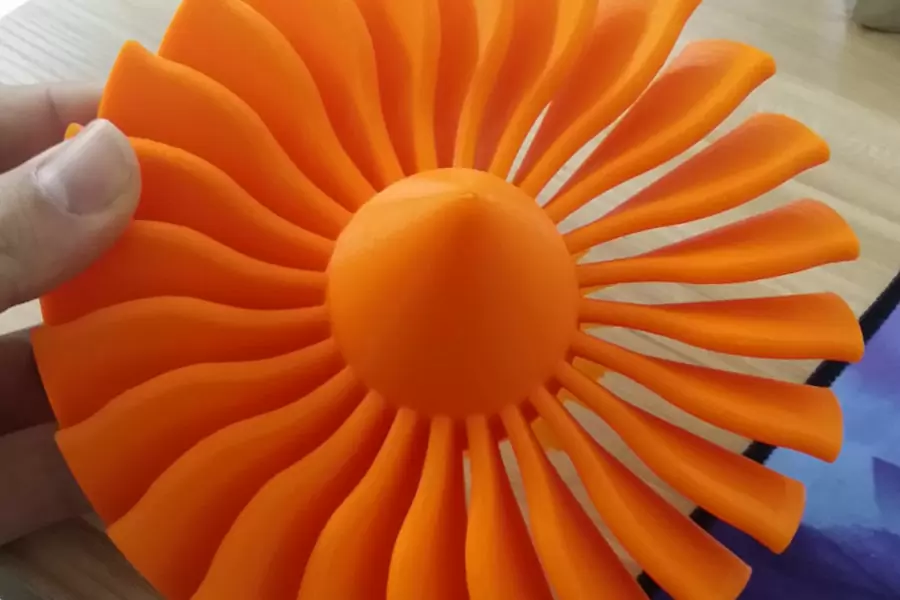
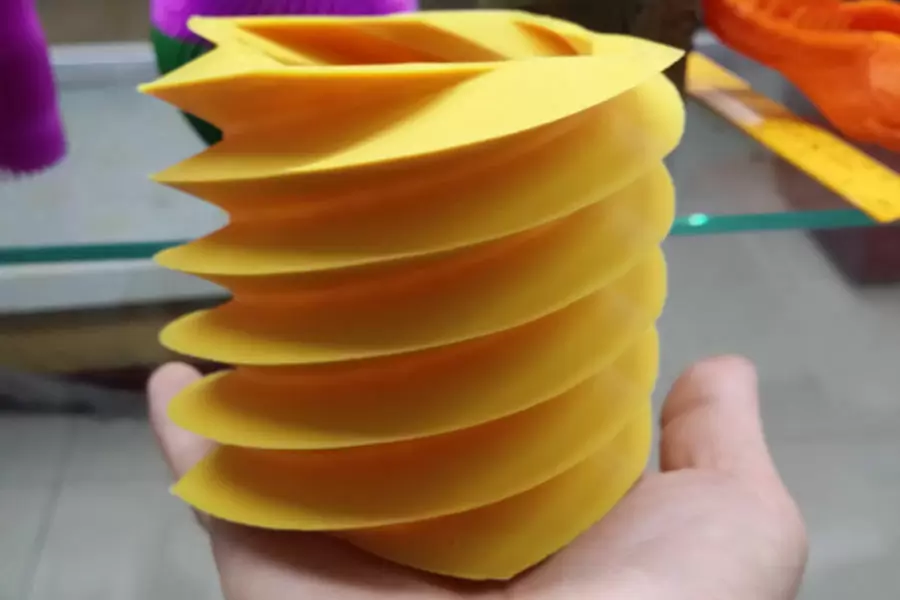
How Does FDM 3D Printing Work? – Steps of FDM 3D Printing Process
This is Steps of FDM 3D Printing Process :
- First, load a roll of thermoplastic filament into the printer. Once the nozzle reaches the desired temperature, the filament is fed into the extrusion head and melted in the nozzle.
- The extrusion head is connected to a 3-axis system so that it can move in the X, Y and Z directions. The melted material is extruded into thin strips and deposited layer by layer in predetermined locations, where it cools and solidifies. Sometimes the cooling of the material can be accelerated by using a cooling fan mounted on the extrusion head.
- To fill an area, multiple passes are required (similar to using markers to color a rectangle). Once a layer is complete, the build platform will move down (or in other machine setups, the extrusion head will move up) and deposit a new layer. Repeat this process until the part is complete.
Fourth, to support, post-processing work.
If you are having any problem to get your fdm 3D printing parts done, contact us and try to get a solution from BE-CU.
FDM 3D Printing Applications – What is FDM 3D Printing Used for
China Top FDM 3D Printing Supplier & Manufacturer – Be-cu offers worldwide clients affordable, rapid, high precision custom FDM 3D Printing Services, variety of materials available to meet the needs of different industries!
The Features Of FDM 3D Printing
Most FDM systems allow adjustment of several process parameters, including nozzle and build platform temperature, build speed, layer height, and cooling fan speed. These are usually set by the operator, so the designer should care little about them.
From a designer’s perspective, what matters is the build size and layer height:
Usable internal dimensions for desktop 3D printers are typically 200 x 200 x 200 mm, while for industrial machines it can be as high as 1000 x 1000 x 1000 mm. If a desktop machine is desired (for example, to keep costs down), large models can be broken down into smaller pieces and then assembled.
Typical layer heights used in FDM vary from 50 to 400 microns and can be determined when ordering. Smaller layer heights produce smoother parts and more accurately capture curved geometries, while larger layer heights can be produced faster and at a lower cost. Layer heights of 200 microns are most commonly used.
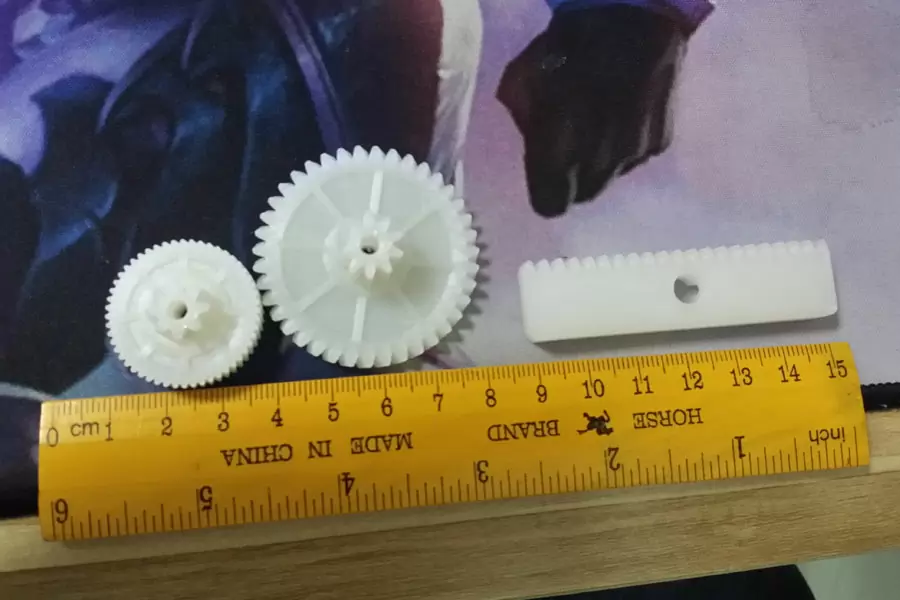
The Filler And Shell Thickness Of FDM 3D Printing
FDM parts are usually not physically printed to reduce printing time and save material. Instead, the perimeter is tracked using multiple channels called the shell, while the interior is filled with an internal low-density structure called the infill.
The thickness of the filler and shell can greatly affect the strength of the part. A guide to choosing the best shell and fill parameters for FDM 3D printing can be found here. For desktop FDM printers, the default setting is 25% infill density and 1 mm shell thickness, which is a good compromise between strength and speed for fast printing.
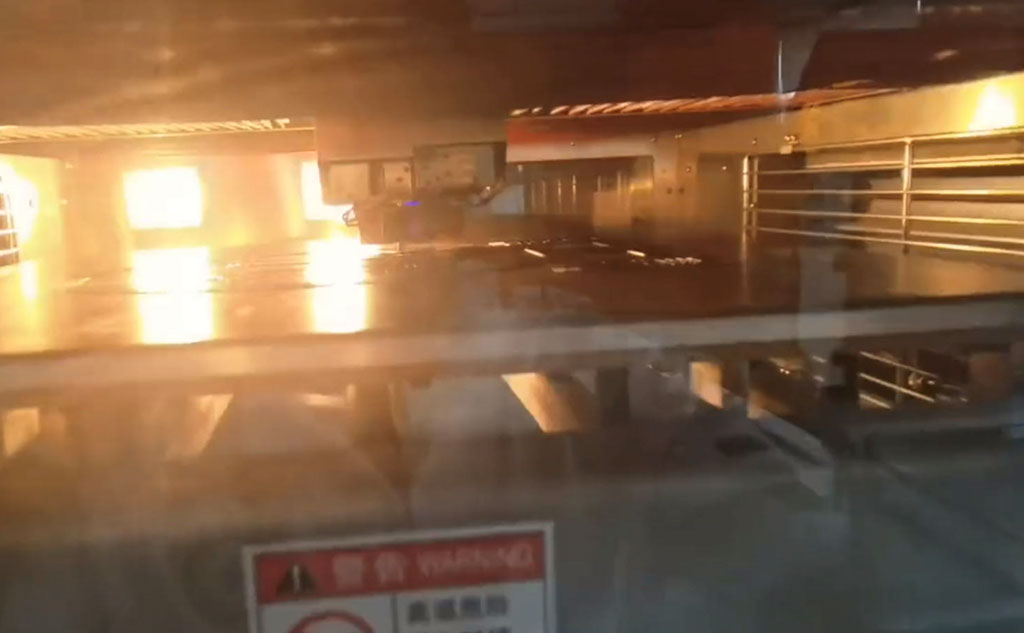
Advantages And Disadvantages Of FDM
Main Advantage:
- FDM is the most cost-effective way to produce custom thermoplastic parts and prototypes.
- Due to the high availability of the technology, FDM has short lead times (as fast as next day delivery).
- A variety of thermoplastic materials are available for prototyping and certain non-commercial functional applications.
Main Disadvantages:
- Compared to other 3D printing technologies, FDM has the lowest dimensional accuracy and resolution, so it is not suitable for parts with intricate details.
- FDM parts may have visible layer lines, so post-processing is required to smooth the surface.
- The layer bonding mechanism makes FDM parts inherently anisotropic.
The Case Studies Of FDM 3D Printing Parts
You have a complex part design, Our FDM 3D printing service can help you turn it into a reality. With the right equipment, strong technical knowledge, and a focus on quality.. From tool design to finishing and then on to shipment, Be-cu prototpe ensure that every project is completed to a high standard and that your orders are delivered on time, every time.
-

3D Printing High Performance Nylon Parts
-
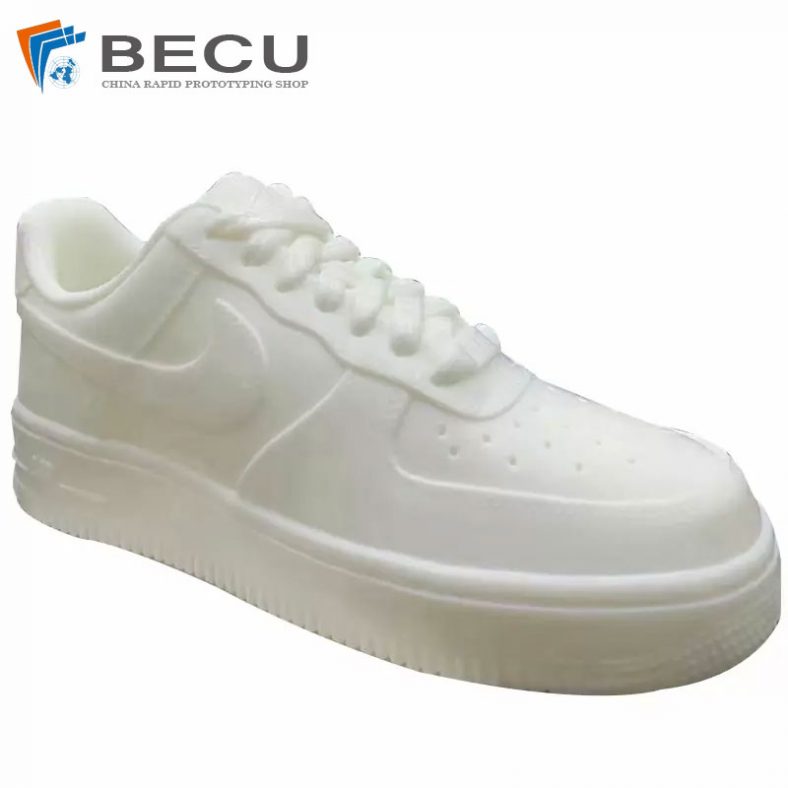
SLS 3D Printing Casual Shoe Model
-

SLA 3D Printing Handsome Black Hat Model
-
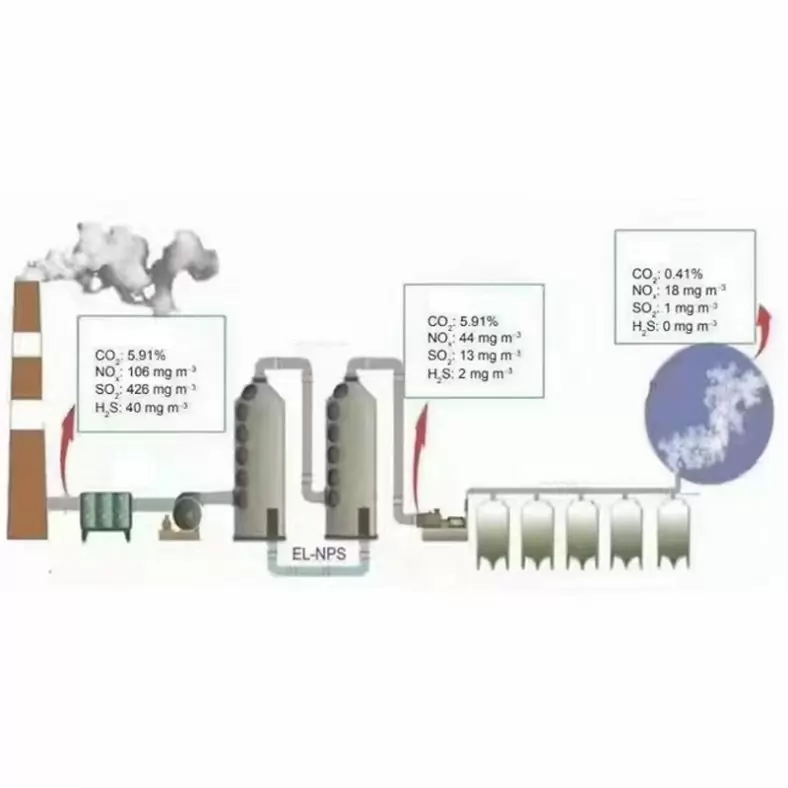
SLA 3D Printing CO2 Fixation Equipment Model Using Microalgae
-

3DP Rapid Prototyping Ancient Temple
-
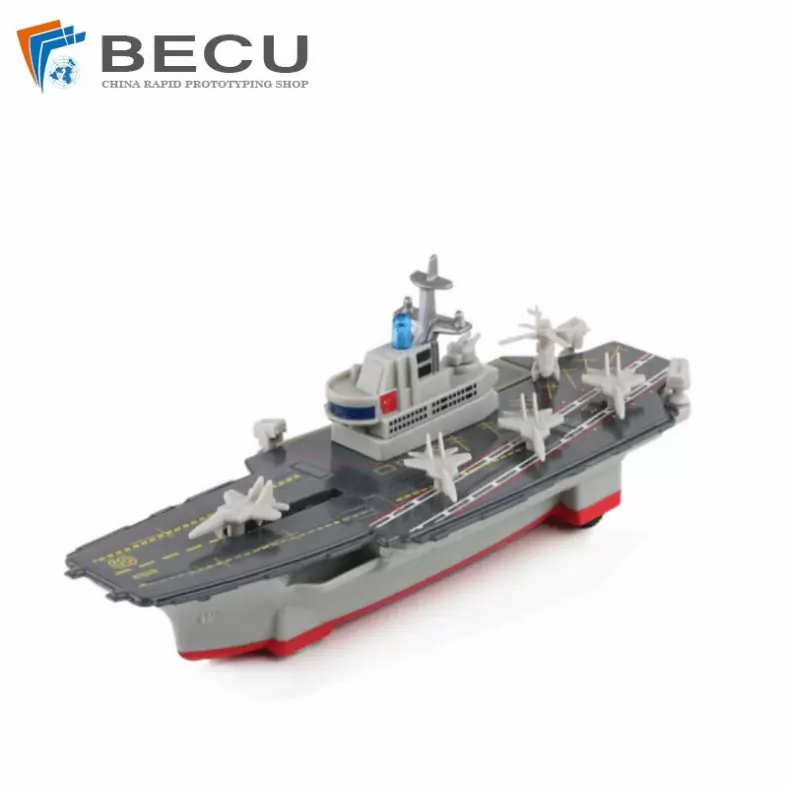
SLA 3D Printed Cruise Ship Model
-
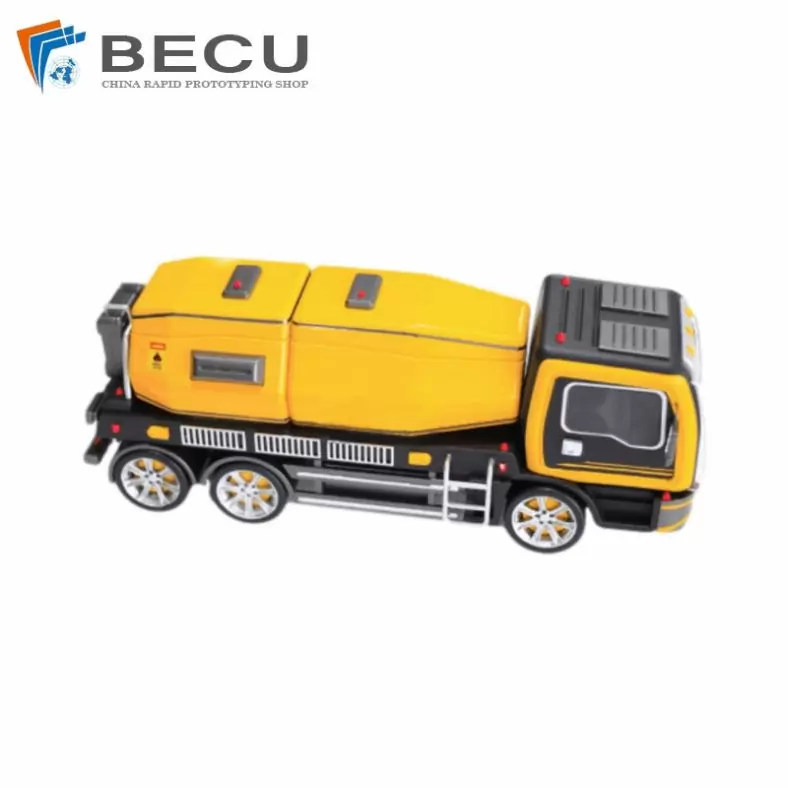
SLA 3D Printed Transparent Resin Toy Truck Model
-

SLA 3D Printing ABS Smart Speaker Backplane
-

3D Printing Full Transparent Acrylic Lampshade Model
-
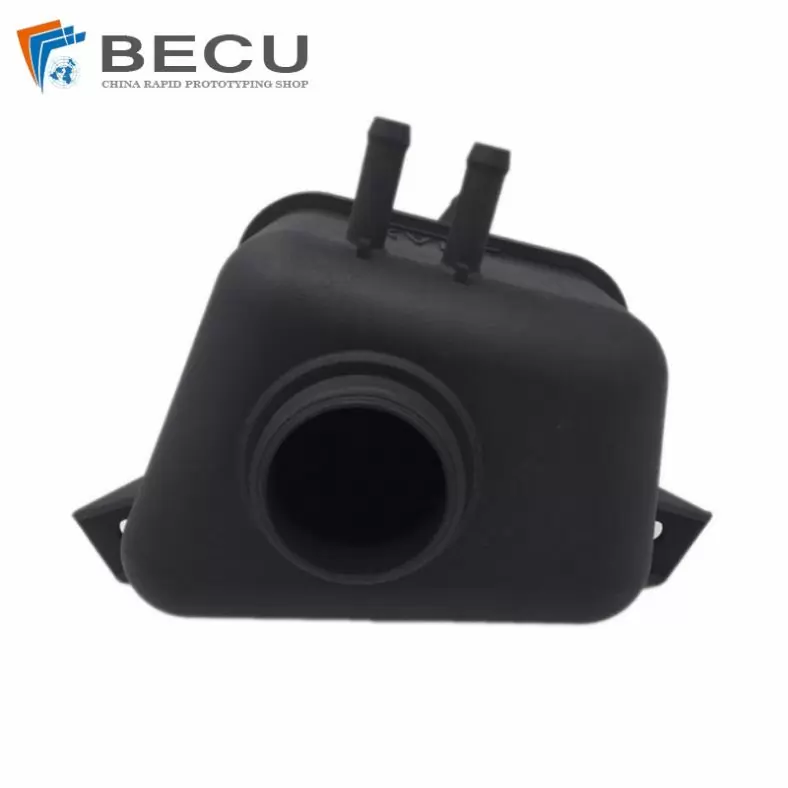
SLA 3D Printing Nylon Resin Prototype
